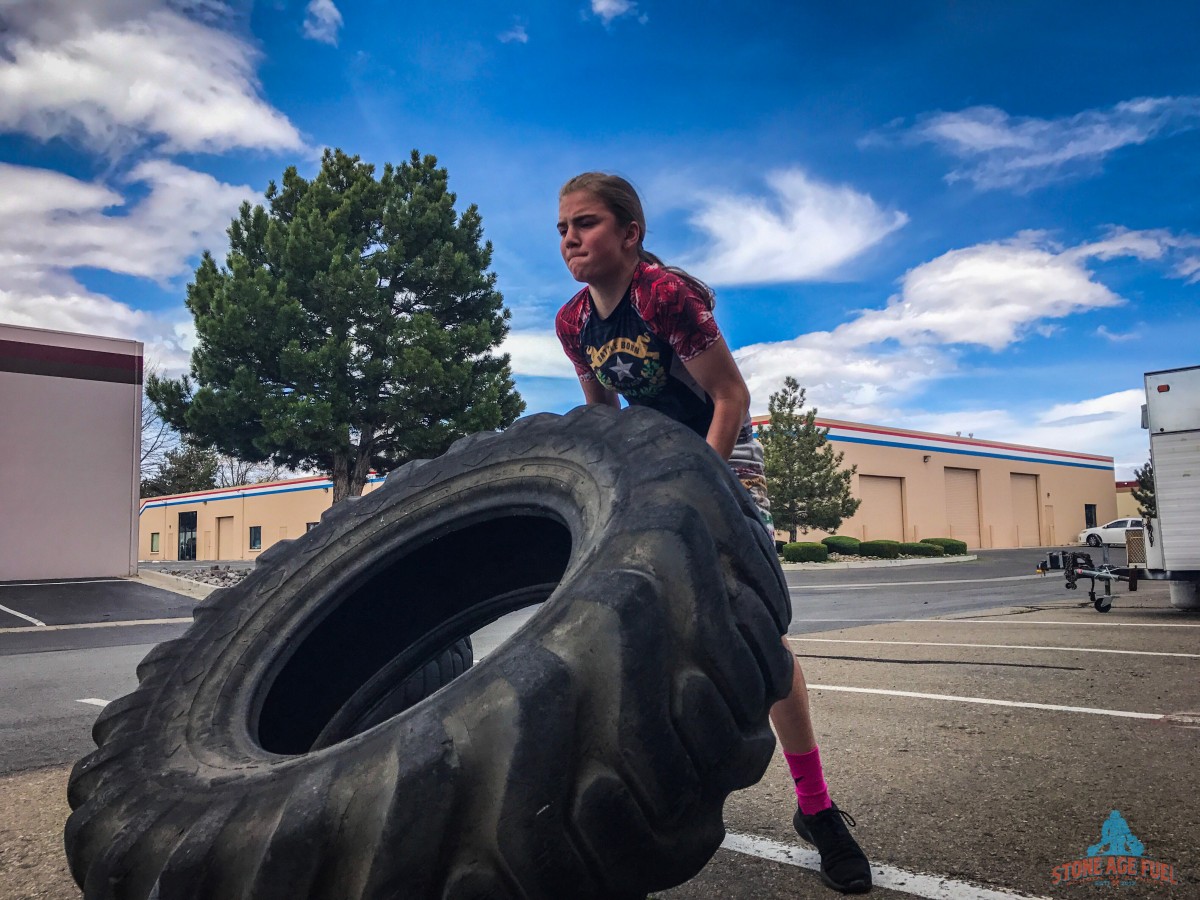Learn To Run Smarter
“Running is the worst way to get fit,” wrote Nick English in an article that went semi-viral last week. “If you want to be in shape, skip the 10K training and sprint—but don’t jog—to the nearest weight room,” he continued.
My heart warmed as I continued to read English’s article, as I have my own personal beef with running: After being involved in sports and competition my whole life and competing at the national level in Olympic-style Weightlifting and Track and Field, running or more specifically sprinting has always been one of my strengths, yet something I don’t enjoy doing.
A few years back, I took on a challenge and trained for a marathon, because you can’t knock it until you try it: The result: After a seemingly endless 3 hours of running I ended up less fit overall, a little more pudgy in the midsection, and grumpy from poor sleep. The recovery from the event and the training leading up to it left me quite battered and recovery after the race took longer than I would have liked.
Let me disclaim for a moment here: I’m not saying running is all bad. I simply don’t think a fitness plan that focuses primarily on running, is good for overall health or fitness. Nor do I think the more commonly-followed traditional marathon training programs so many people follow are good for health and fitness.
Instead, running should be just be one small piece part of a broader fitness training program, and you should use it strategically, and with a purpose.
Aerobic capacity guru Chris Hinshaw is the perfect coach to learn from if you want to know how to run smart. He works with a ton of high-level lifestyle athletes. His goal isn’t to make people better runners per se, but to use running as a tool to improve overall aerobic capacity to drive greater fitness adaptations.
Hinshaw doesn’t run his athletes into the ground by getting them to aimlessly log miles (normally they’re running only twice a week). Instead, he prescribes various running workouts with specific intensities and paces to drive whatever specific goal the athlete is after—adaptions such as improved speed, volume or endurance. Check out this article written in the CrossFit Journal a couple months ago about Hinshaw’s methods for more information.
The reality, though, is most people’s idea of running is simply to head outside and run, so they log miles upon miles week after week without any kind of purpose or intention (apart from walking, running is the most common form of fitness in the world).
3 reasons going for long runs 3 to 5 days a week isn’t the answer to greater fitness or a leaner body
3. Repetition leads to injuries
Logging miles upon miles, often at a slow speed, means you’re likely to develop an overuse injury and end up having to stop and rest completely to heal (Especially if you’re not built like a runner).
it only makes sense that the repetitive nature of foot strike after foot strike isn’t what’s best for keeping you injury-free. I discovered my body was good for sprinting and up to 10k, but as soon as my runs eclipsed 13 miles, problems starting adding up and small tweaks and strains became more commonplace. Leaving me forced to stop and recover for a few days. This leads into a vicious cycle where you need to log miles, but with accumulating injuries you can’t keep running.
According to this article, an overwhelmingly large percentage of purely long distance runners develop lower extremity injuries, most commonly in the knee.
2. Pudgier Body Composition
If getting lean is your goal, running isn’t the solution—unless you choose to starve yourself after long runs…
Admittedly this was my personal experience, but I discovered spending less time than normal in the gym working on skill development, strength training, and interval-based conditioning, made me less lean. Running made me hungry, especially once my runs started taking 2 hours or more, so I would eat a big meal afterward and found myself generally useless for the rest of the day.
After three months of running, my body just felt generally softer. I then started looking at the runners I knew, and examining runners’ bodies at running race events, and grew ever more suspicious that running doesn’t make you lean. Skinny yet soft? Maybe. But muscular and lean? No.
I’m not alone in my theory. There’s plenty of science out there that says there are better ways to lose weight than running—namely doing multi-joint movements, such as squatting, deadlifting, pressing, as well as gymnastics movements like chin-ups, pull-ups, and push-ups (not to mention diet likely being the biggest influence on weight loss and gain)
This peer-reviewed article (among many others) “Effect of exercise training intensity on abdominal visceral fat and body composition” provides some more information why running doesn’t help you lose weight. The take away is that too much running or really anything stressful will cause Cortisol (a stress hormone) to build up in the belly area and create a very stubborn layer around your lower stomach. That you can only get rid of by causing less stress to your body.
There are so many people in this world who suffer from poor sleep or the inability to sleep. The often recommended 7-8 hours is something like a badge of honor that very few people can achieve and with recommendations in society and the workplace it’s already difficult enough to find time to sleep.
Now add in an intense running program and something has to give, which is generally your sleep so that you can “just log a few more miles” at 4am or 5am before the sun even comes up. With lack of sleep comes stress and with stress comes the stress hormone Cortisol that as we talked about earlier leads to the layer of stubborn belly fat you just can’t seem to shake.
But what if you love running?
Though I cannot relate to a love of running, I have heard that some people actually like it! (Crazy folks).
If you love running, then run. The point is only to say, if you’re interested in becoming more fit and healthier, take a look at your current running plan and ask yourself if you’re running smart.
The key to staying healthy is to run 2 days a week and do some interval training or strength training a couple of days a week. This way you’re not forced to log hundreds of miles that will eventually wear you down and the strength training you add in will ensure that you are resistant to injuries that may accumulate with increased running volume!







